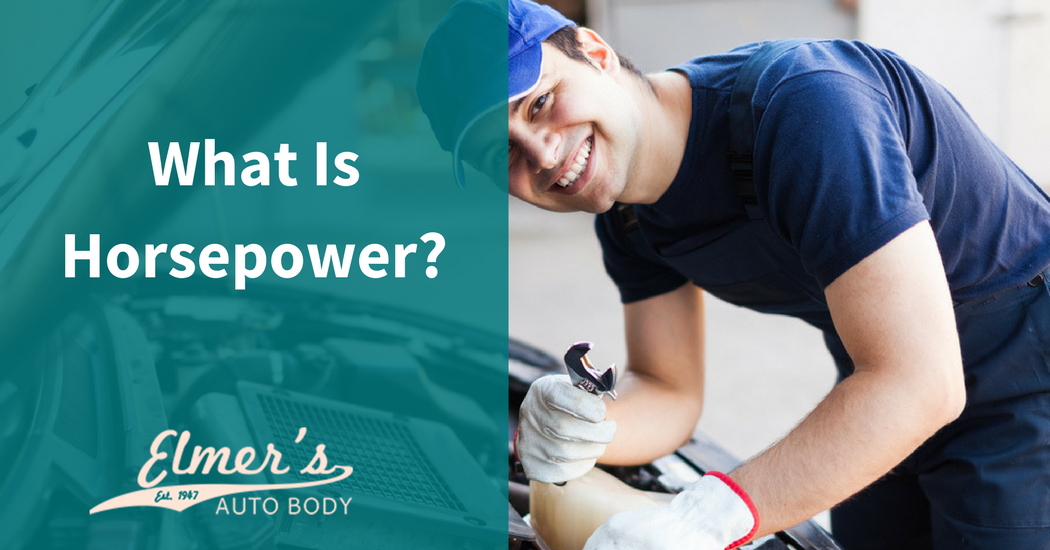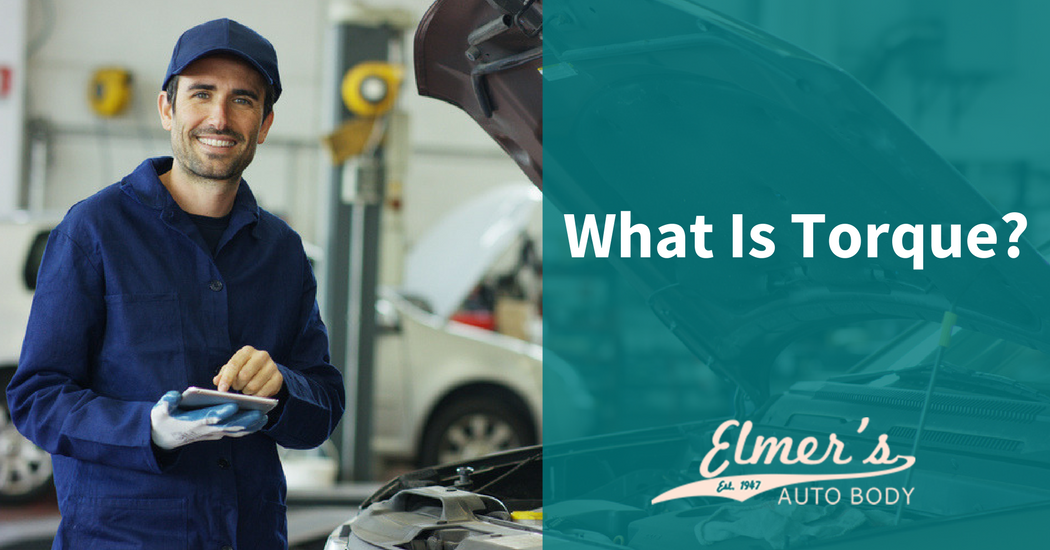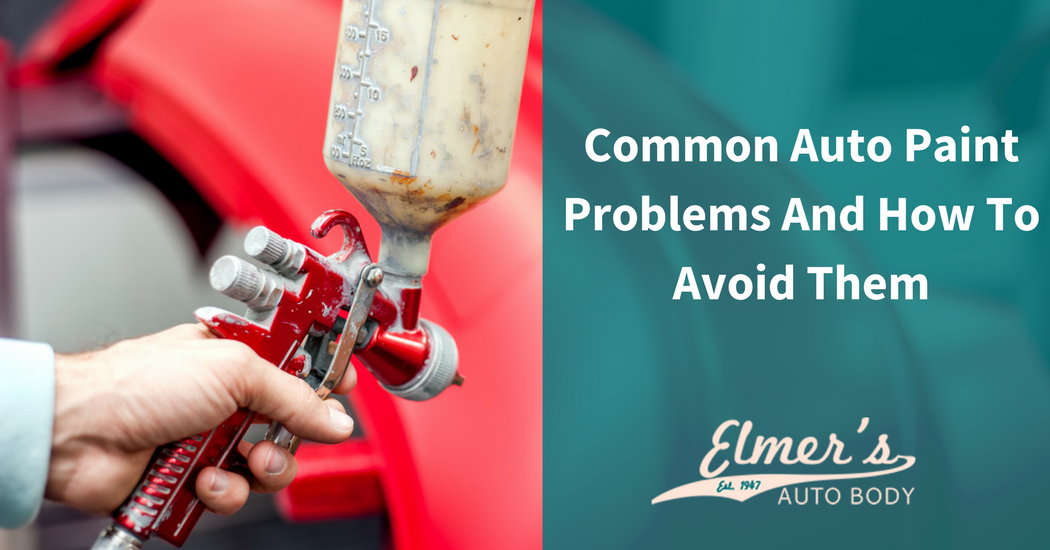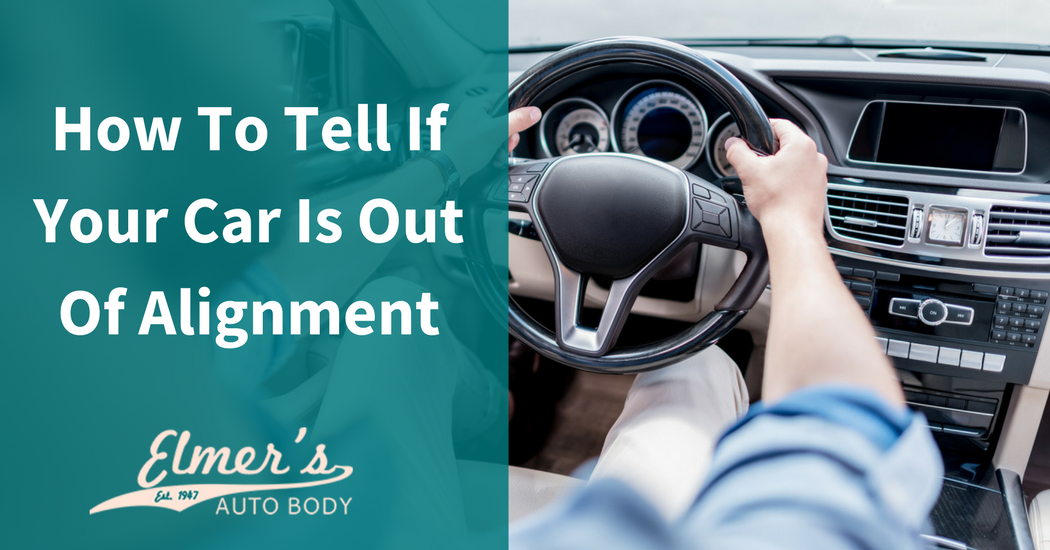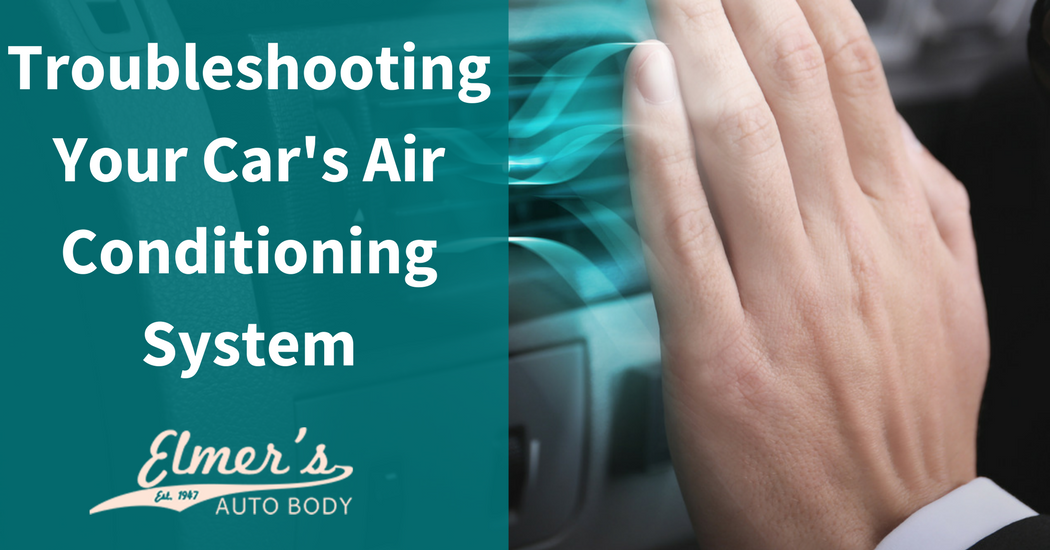When you buy a vehicle, the salesman often talks about horsepower. However, they rarely explain what horsepower actually is and why it is important for your car. Historically, horsepower means exactly what it sounds like it means.
What is Horsepower?
In 1781, James Watt needed to convince people to stop using horses and purchase his new steam engine. He measured a horse walking in circles as it turned a mill grindstone. He multiplied the distance the horse walked by the 180 pounds of pulling force, then divided it by the time it took, creating a new measurement known as horsepower. Basically, his calculations determined that a horse exerting 1 horsepower can raise 330 pounds 100 feet in one minute. Today, horsepower can be converted into other measurements. One horsepower is equal to 746 watts or 2,545 BTU. Basically, horsepower is the “power” of an engine.
What is Brake Horsepower?
Brake horsepower is the amount of work generated by a motor under the best conditions. It is calculated without the consideration of an auxiliary compoenent which could slow down the motor’s speed. Brake horsepower is measured in the output shaft of the engine and was originally created to measure the output of steam engines. Brake horsepower is critical for airplane engines and turbiens as it helps with the calculation of engine efficiency.
How Do I Calculate Horsepower?
To determine the horsepower of an engine, it must be connected to a dynamometer which places a load on the engine in order to measure the power the engine produces against the road. The dynamometer simulates starting an engine, putting it in neutral and then stomping on the gas. The dynamometer allows you to measure how much load an engine can take at various levels so that it can be graphed to determine peak horsepower.
What is the Difference Between Horsepower and Torque?
Horsepower is measured when the engine is at higher RPMs while torque is measured at the low-end. A diesel engine may only have 300 to 400 horsepower but could have 1,500 to 2,000 feet of torque. This allows trucks to pull heavy loads. Basically, horsepower is the power of the engine while torque is the rotating force that may or may not result in motion. Torque can be generated without moving something, but when it does move something, it becomes work. The more torque an engine has, the more work potential it has. Torque is important when a vehicle will be towing or pulling objects while horsepower is important when determining how much power an engine has.
Schedule an appointment today with Elmer’s Auto Body if your vehicle has been in a collision or has suffered damage to the body or windshield. You can reach us through the easy online form or give us a call today.

